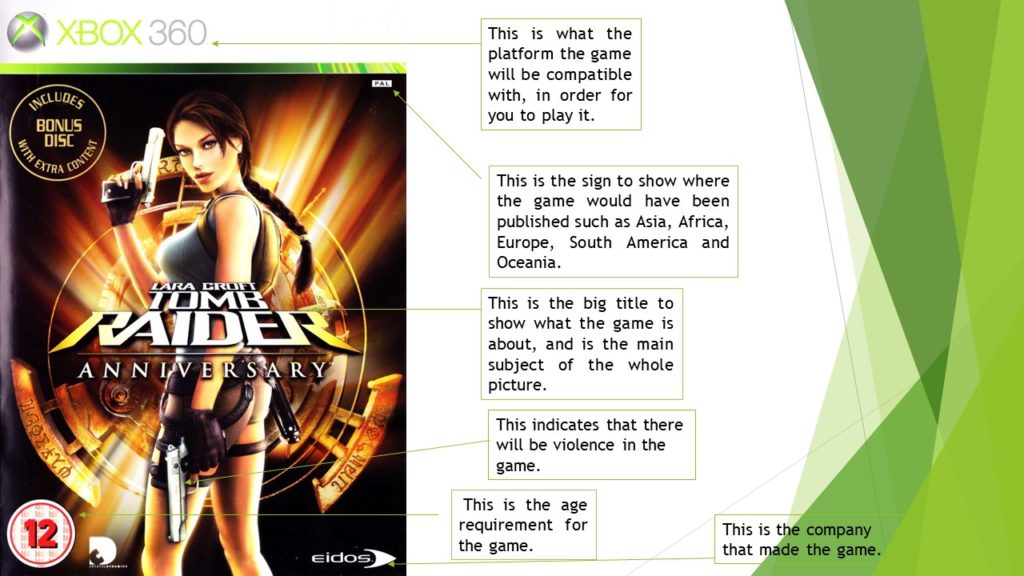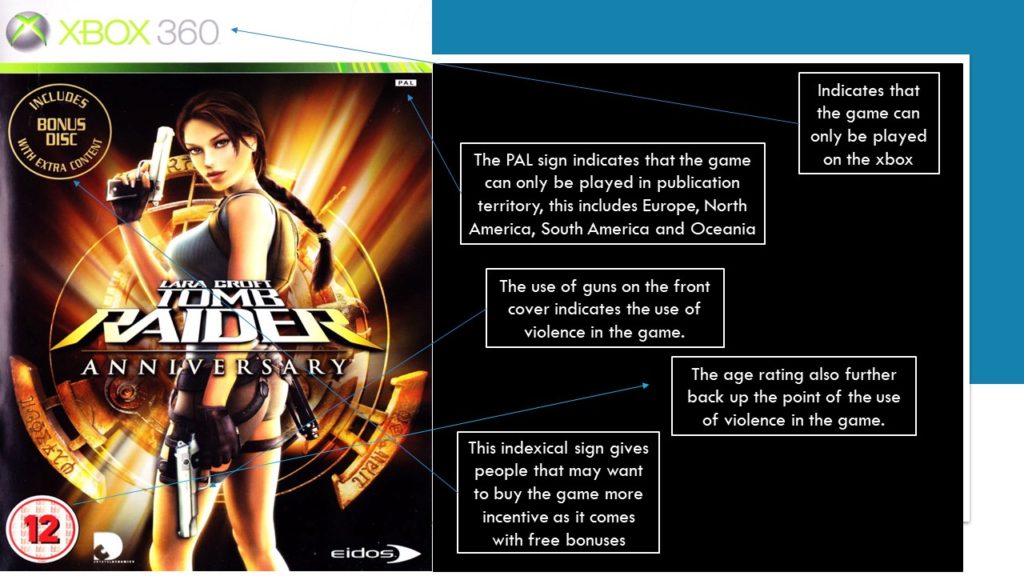Laura Mulvey – The “male gaze” is something that sexualises women by empowering men and objectifying women. In the “male gaze” the women is objectified to fit the wants of the heterosexual male.
John Berger – The book “ways of seeing” says in it that women from their earliest childhood have always had to survey themselves constantly. She is told that is it crucial on how she appears to men as it determines how successful she is in life.
8 pithy quotes:
Leveling up
As technology advanced, Black and other characters of color became more prevalent, even if most often confined to the fighting genre.
Despite many video game companies being based in East Asia, most games feature white protagonists.
Why diversity matters
Katie asked why it was important that Nintendo’s iconic plumber accompanied her on the ride. “Because he taught me to never give up,” her daughter said.
If you do not see yourself on Netflix, on Instagram, in games, in forums, where are you? Do you mean anything? It matters.
Laura Mulvey
At first glance, the cinema would seem to be remote from the undercover world of the surreptitious observation of an unknowing and unwilling victim.


















